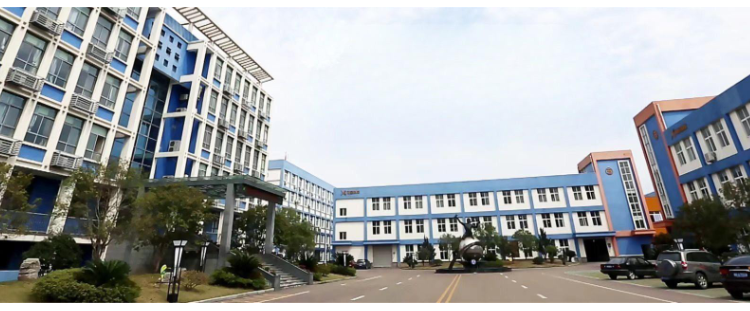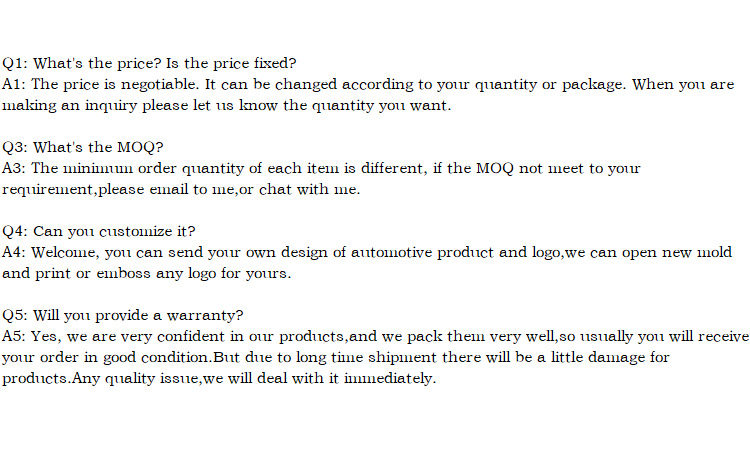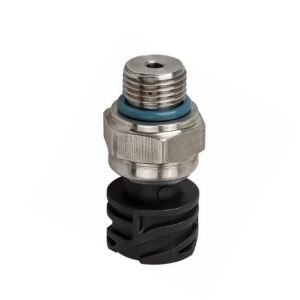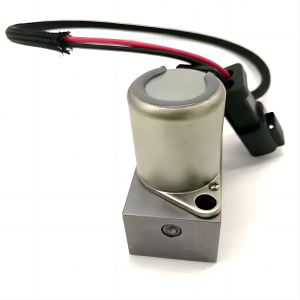Ford electronic fuel common rail oil pressure sensor 1846480C2
Product introduction
At present, the mechanical temperature sensitive compensation method usually adopted by aero-engine fuel regulator is pressure difference compensation. That is, when the fuel temperature changes, the temperature compensation sheet changes the pressure difference of the pressure difference valve so as to change the fuel volume supplied to the aero-engine and achieve the purpose of fuel temperature compensation. However, it is difficult to control the temperature displacement characteristics simply by using the pressure difference compensation method. Therefore, according to the fuel metering characteristics, the fuel flow deviation caused by temperature change can be compensated by changing the throttling area of metering valve.
Change that current single temperature compensation mode of the fuel pump regulator. A temperature compensation rod is designed to act on the metering valve. When the temperature changes, the fuel flow can be compensated by changing the throttle profile of the metering valve. The novel fuel oil temperature compensation method of this patent technology axially installs a temperature compensation rod in the valve core of the metering valve, and the temperature compensation rod is connected with a position sensor at one end. When the temperature changes, the temperature compensation rod drives the position sensor to change, and the throttle area of the metering valve is adjusted according to the change at this time to ensure the constant mass flow of fuel. Further, sealing rings are installed in the inner holes of the temperature compensation rod and the metering valve core. Further, that upper end and the low end of the temperature compensation rod are designed by thread, and are respectively used for connecting with the valve core and the position sensor of the metering valve core. Furthermore, the temperature compensation rod is provided with radial holes to ensure that the fuel covers the temperature compensation rod when the fuel regulator works normally. The patent technology has the advantages that the influence of temperature on fuel metering can be compensated more accurately through the displacement of the throttling area of the metering valve. Brief description of the drawings fig. 1 is a schematic structural diagram of the metering valve of this patent technology; Fig. 2 is a schematic diagram of a temperature compensation rod; Detailed description of the preferred embodimentsthe patent technology will be described in further detail below.
Product picture


Company details







Company advantage

Transportation

FAQ














